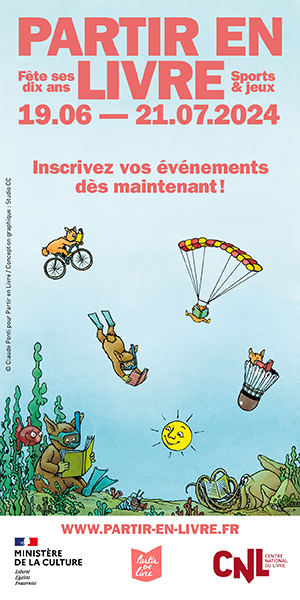Nightmare of the Wolf
Extraits

Romans graphiques
The Crow : Waking Nightmares
07/2023

Manga
Marriage to the Wolf
11/2020
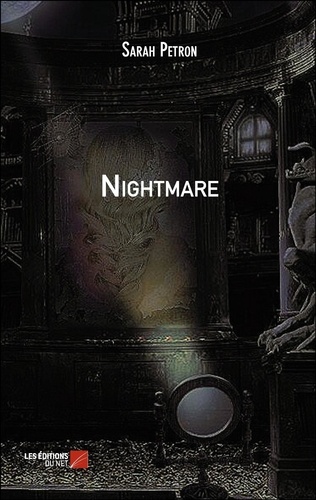
Littérature française
Nightmare
11/2016

Littérature érotique et sentim
Nightmare
07/2018

Shonen/garçon
Gate of Nightmares T02
03/2024

Shonen/garçon
Gate of Nightmares T01
03/2024

Sciences politiques
Understanding the Ambazonia nightmare. Politics and geopolitics of a national security dilemma
05/2022
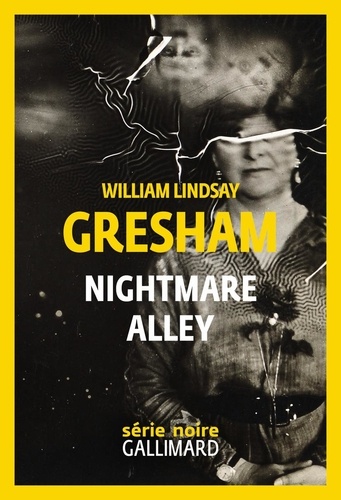
Romans policiers
Nightmare Alley
06/2021
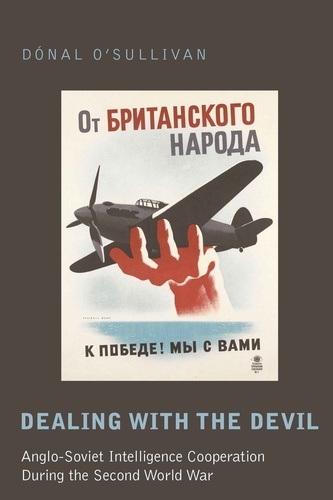
Histoire internationale
Dealing with the Devil
03/2010

Romance sexy
Boston Belles Tome 4 : The Wolf
04/2023
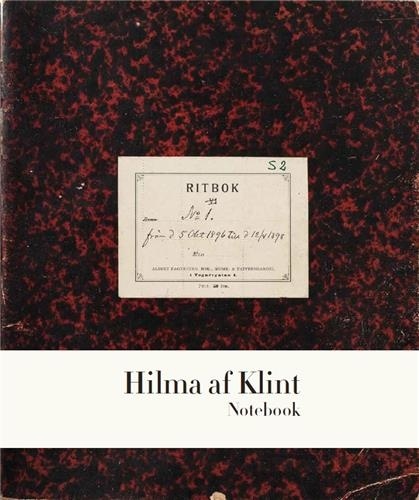
Monographies
Hilma af Klint. The Five Notebook 1
01/2022
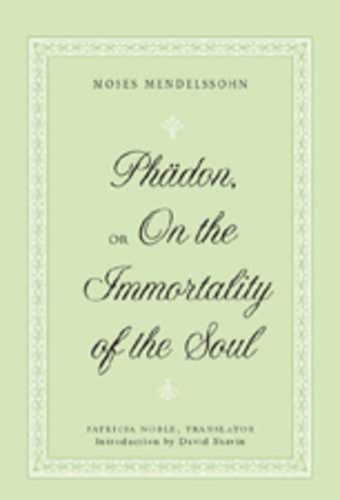
Philosophie
«Phädon», or «On the Immortality of the Soul»
12/2006

Poésie
Untamed Wolf. Tome V : The Growing Fairy
11/2020

Comics
Fables - The Wolf among us Tome 1
07/2018
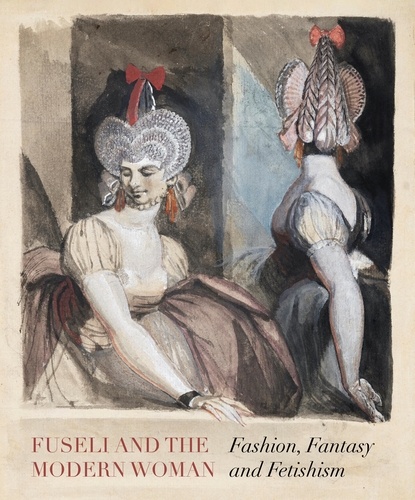
Monographies
Fuseli and the Modern Woman. Fashion, Fantasy, Fetishism
12/2022

Sciences politiques
The Structure of Political Communication in the United Kingdom, the United States and the Federal Republic of Germany
11/1987
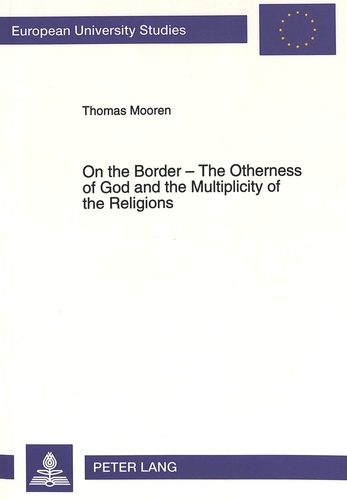
Histoire internationale
On the Border - The Otherness of God and the Multiplicity of the Religions
01/1994

Manga
Merry nightmare Tome 16
09/2017
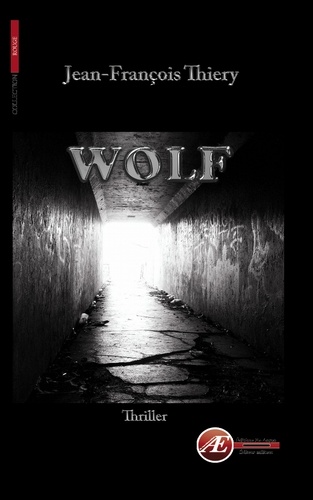
Policiers
Wolf
02/2014

Histoire et Philosophiesophie
The Undergrowth of Science. Delusion, self-deception and human frailty
01/2000

Histoire et Philosophiesophie
Thinking about Physics
01/2000
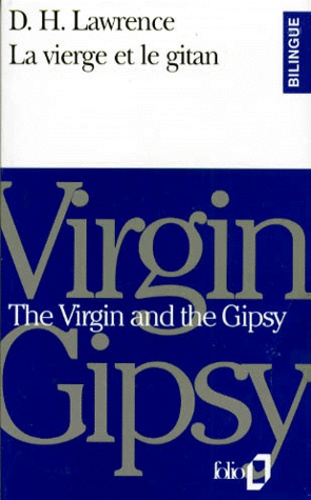
Anglais apprentissage
LA VIERGE ET LE GITAN : THE VIRGIN AND THE GIPSY
02/1993

Musique classique
Songs of Love. 12 Romances. 12 Lieder. Soprano (tenor) and piano.
12/2023

Non classé
Autobiography: Self Into Form
12/1983

Tourisme étranger
Moroccan tracks Volume 11. The sagho djebel
08/2022
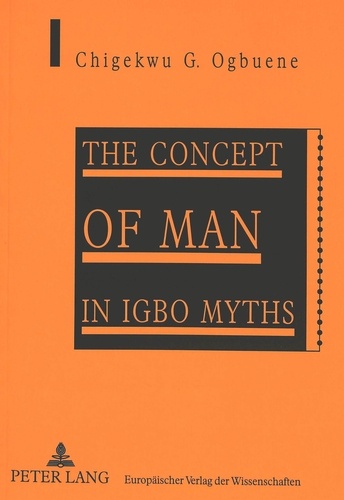
Non classé
The Concept of Man in Igbo Myths
11/1999
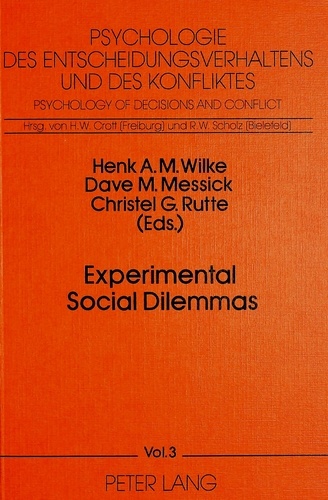
Non classé
Experimental Social Dilemmas
12/1986
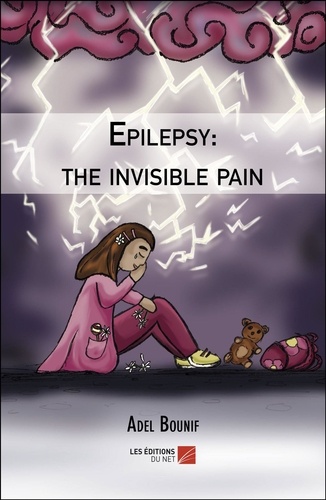
Poésie
Epilepsy: the invisible pain
01/2019
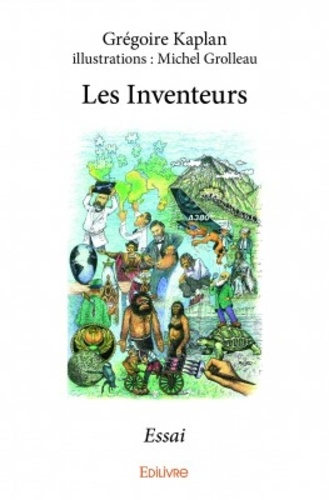
Littérature française
Les inventeurs. Essai
02/2017
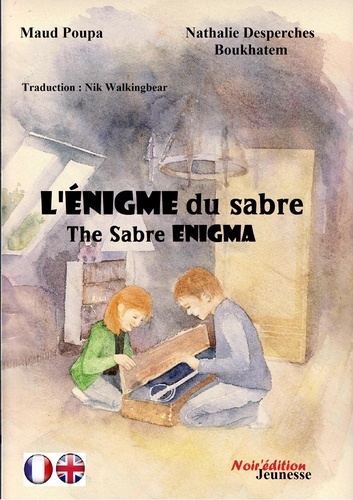
Lecture 6-9 ans
L'énigme du sabre. Edition bilingue français-anglais
06/2018

